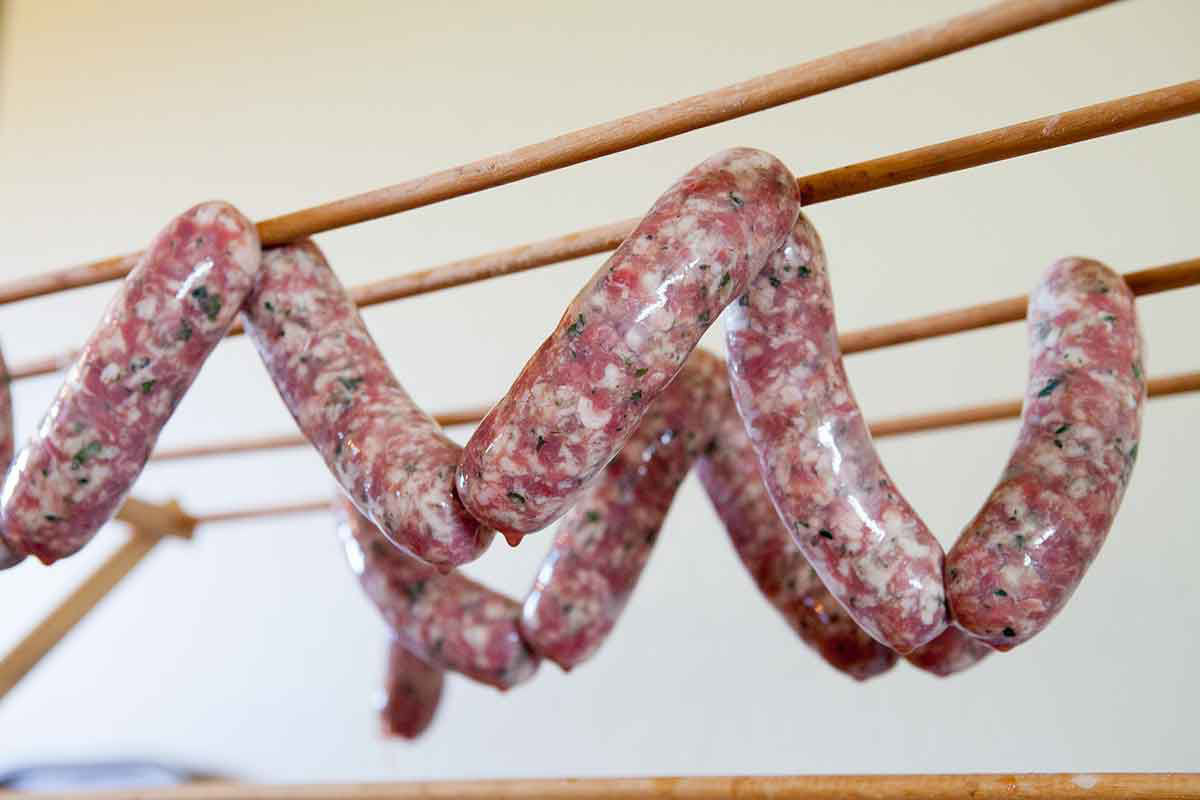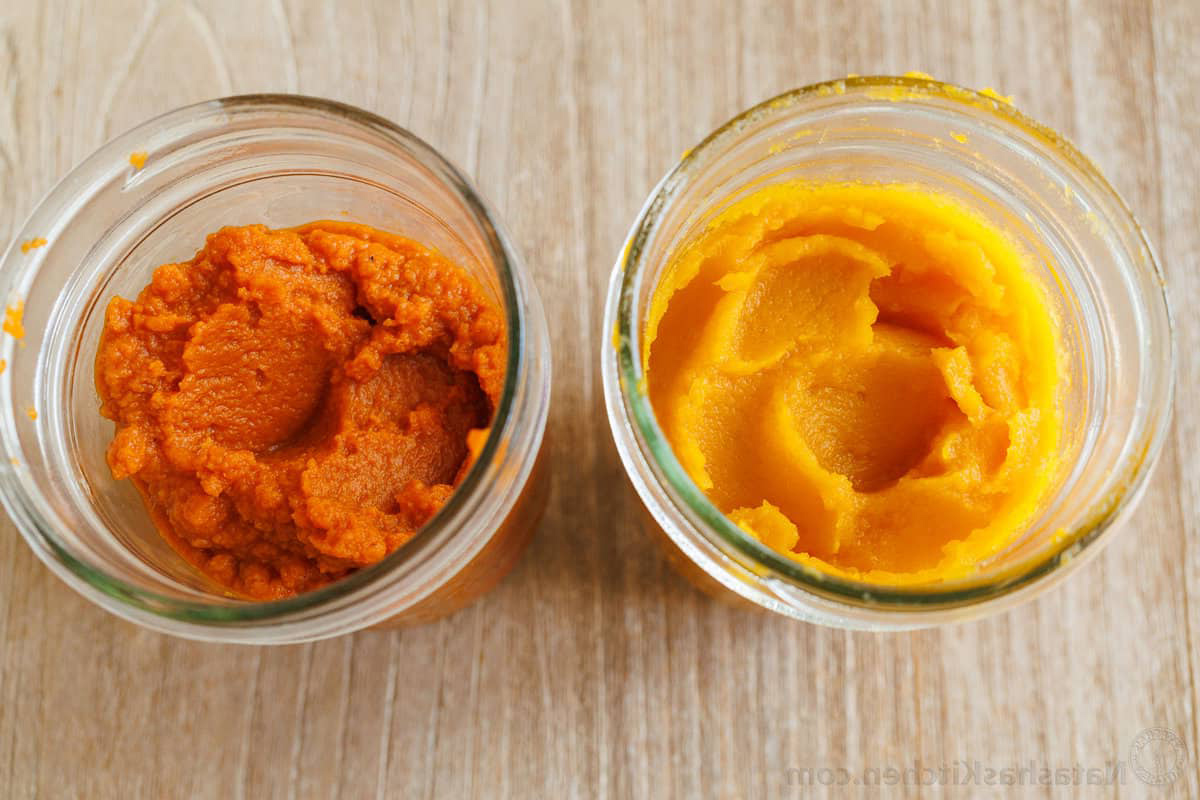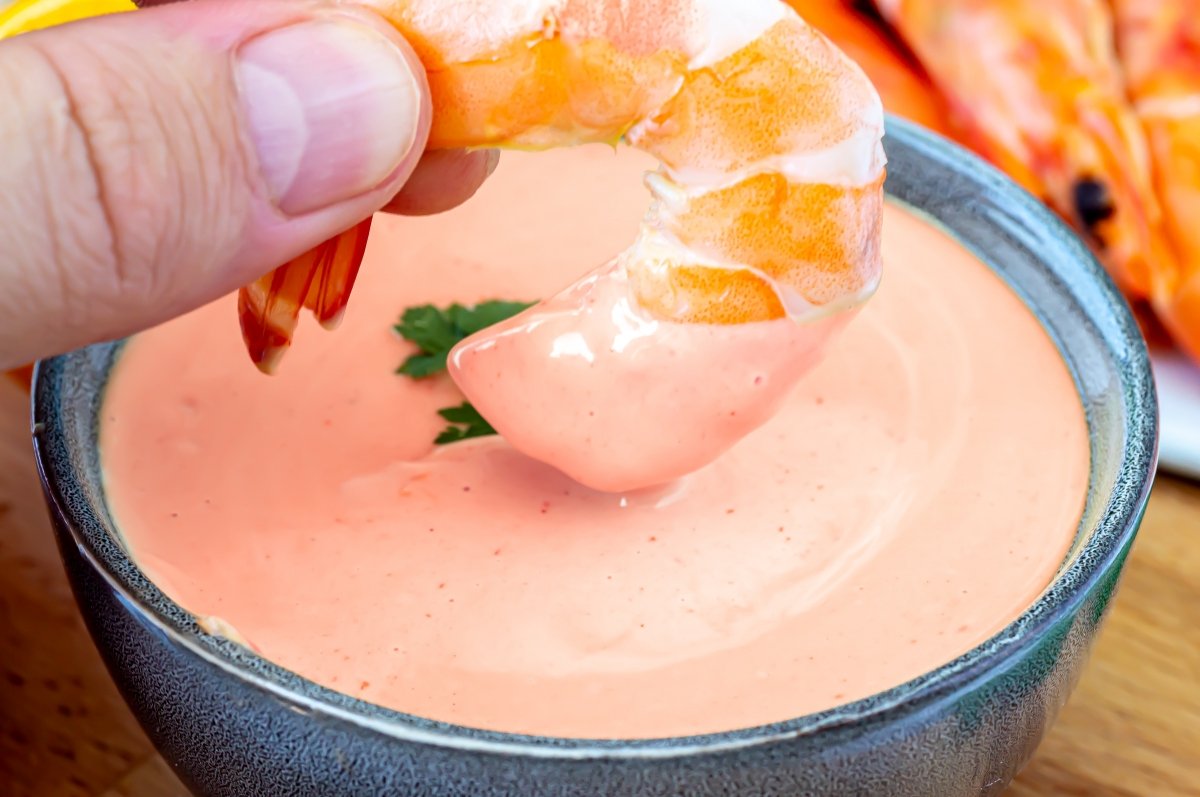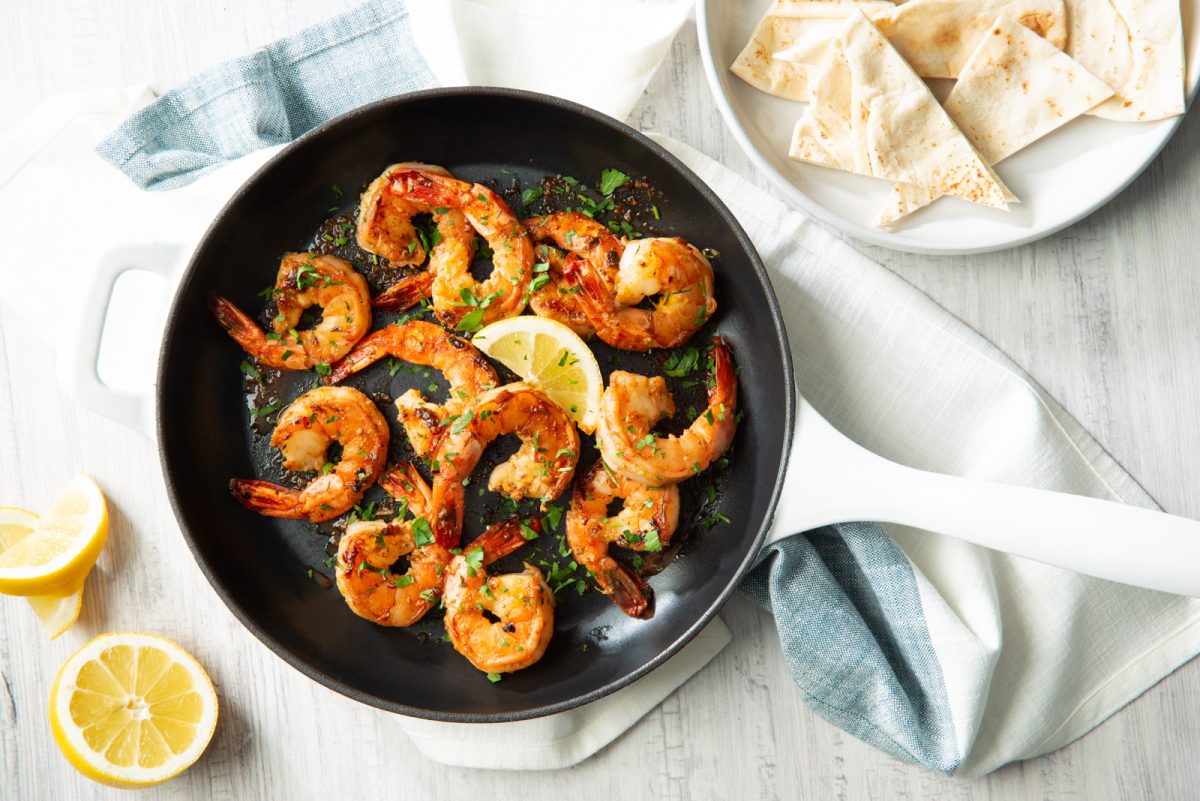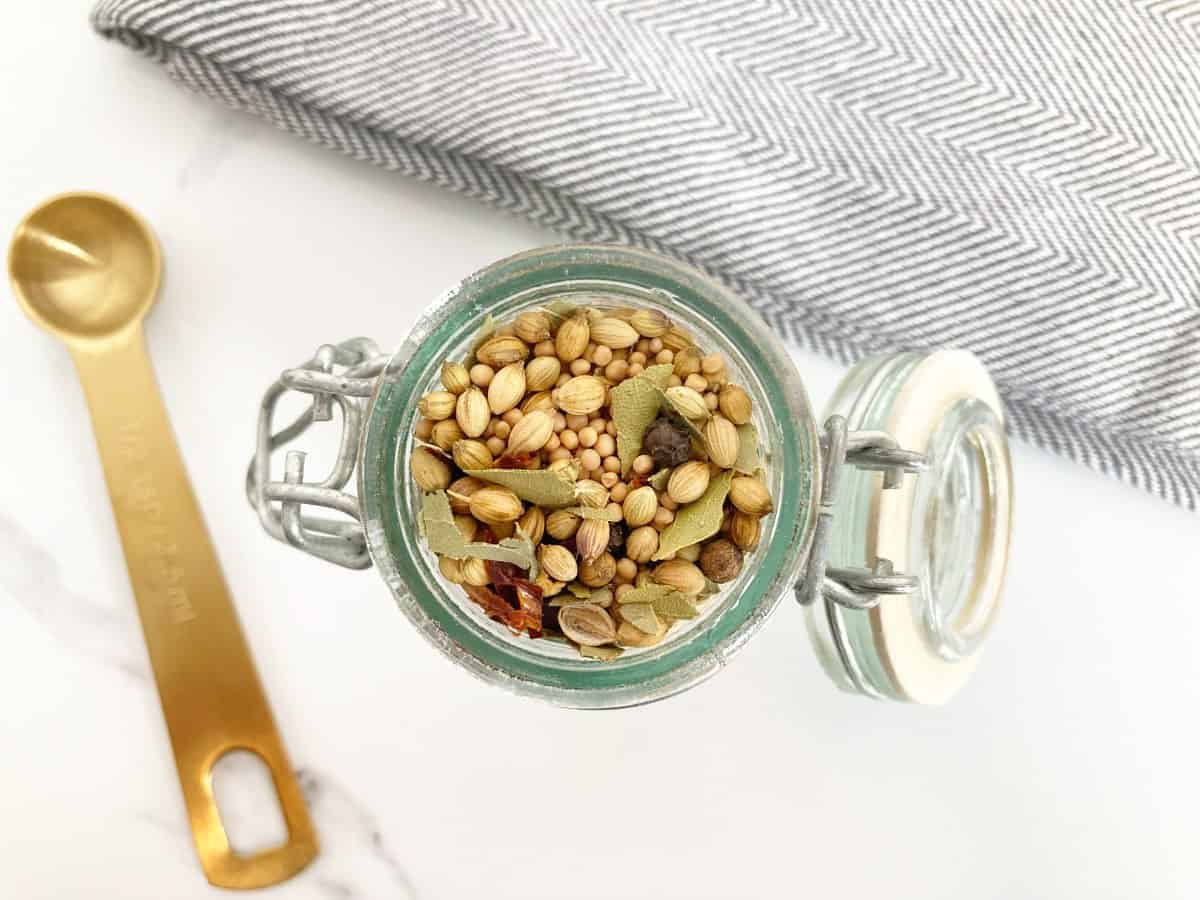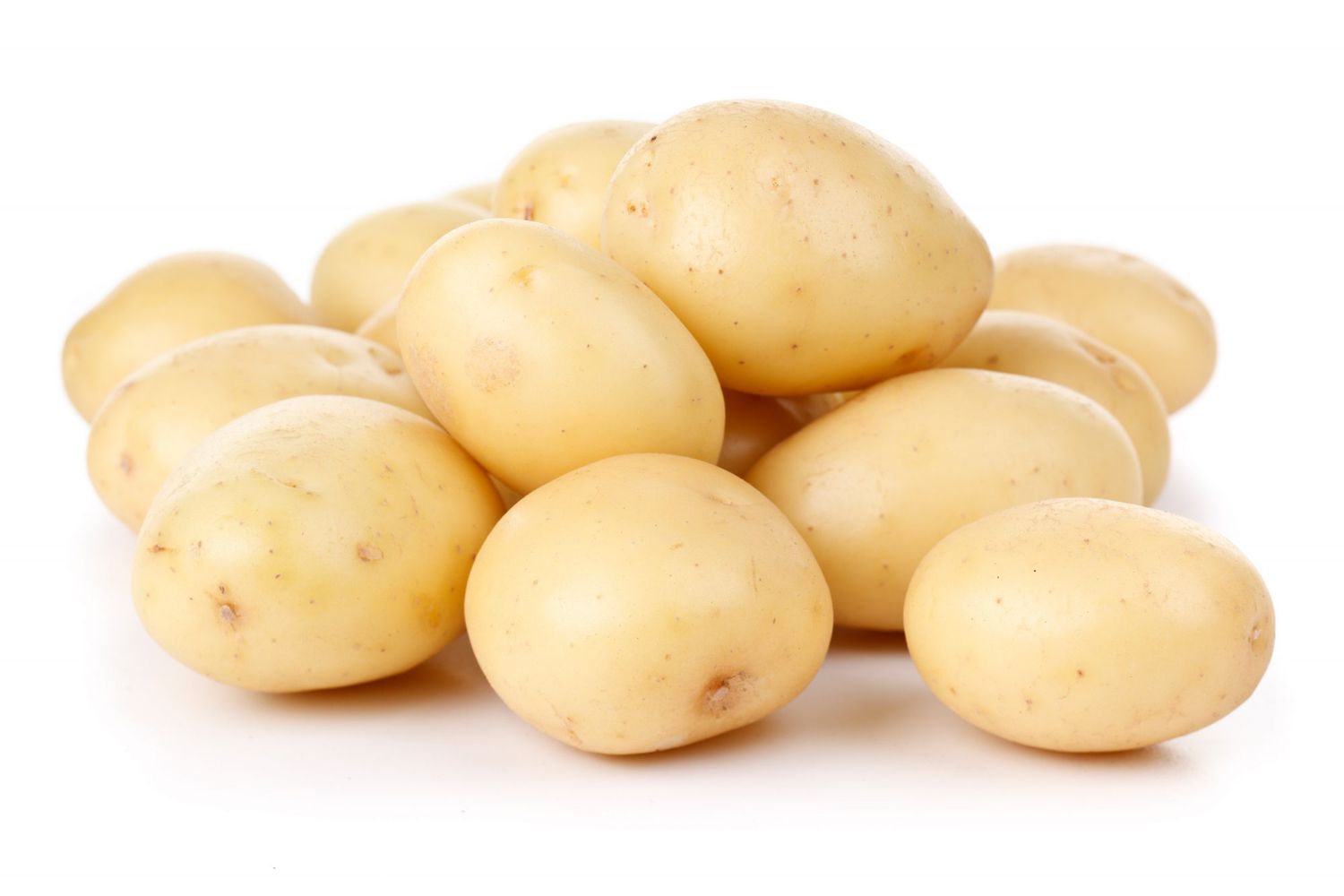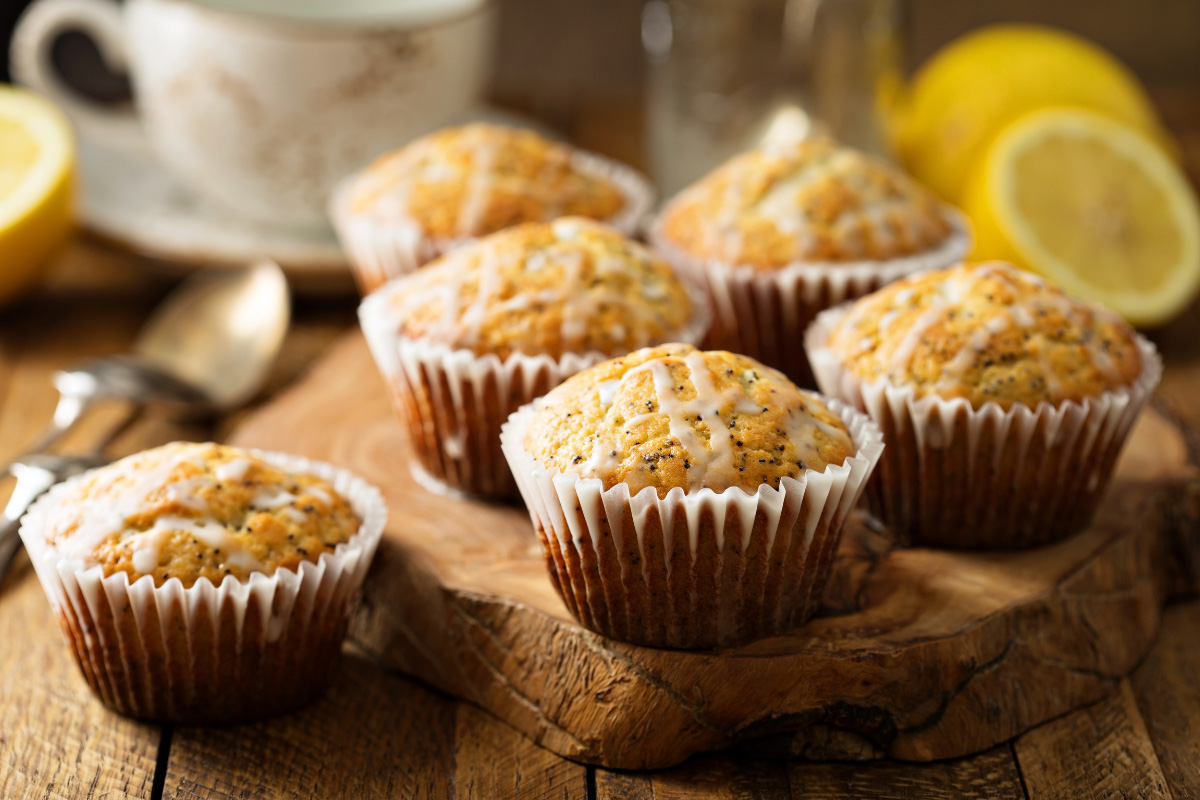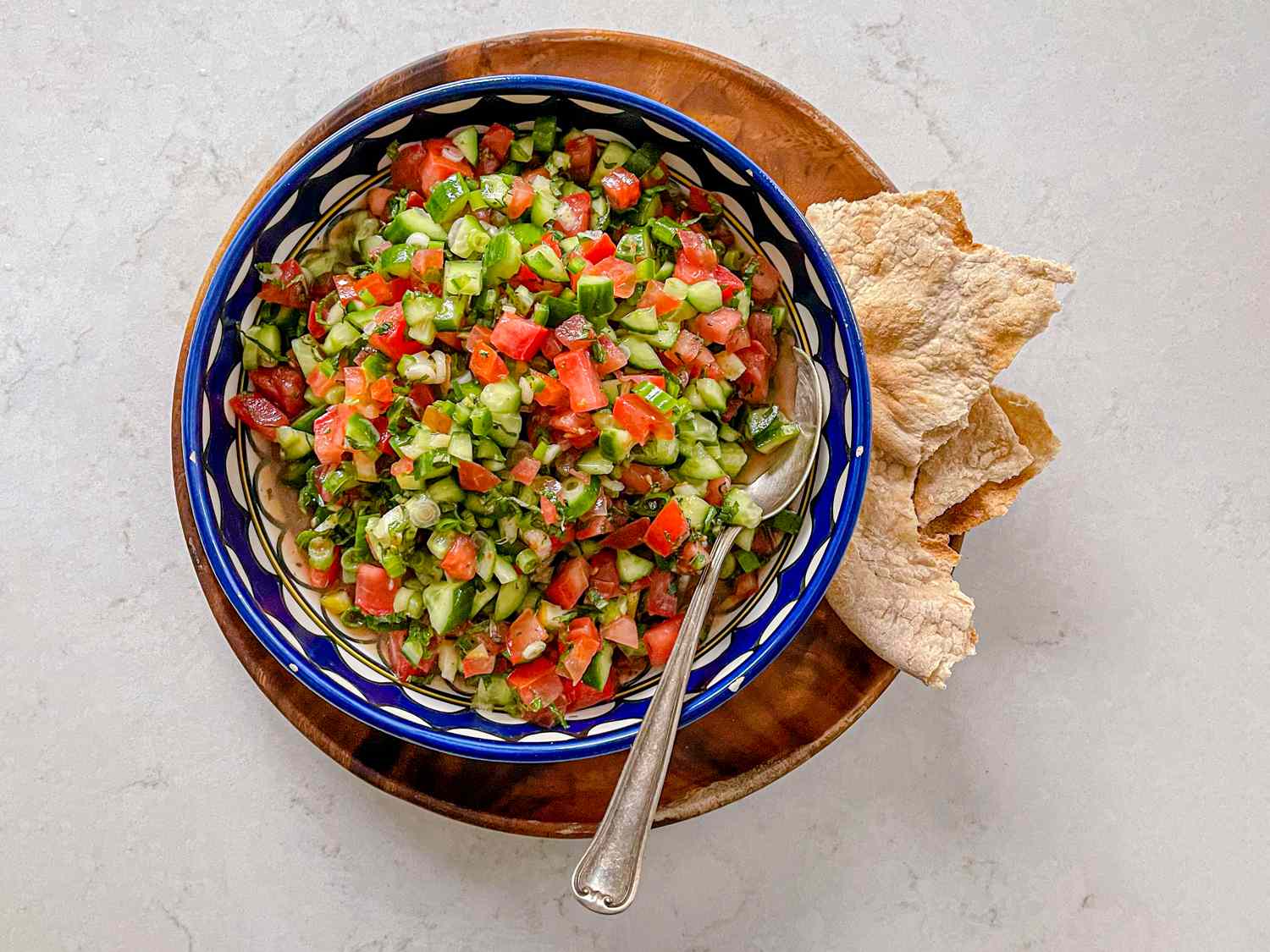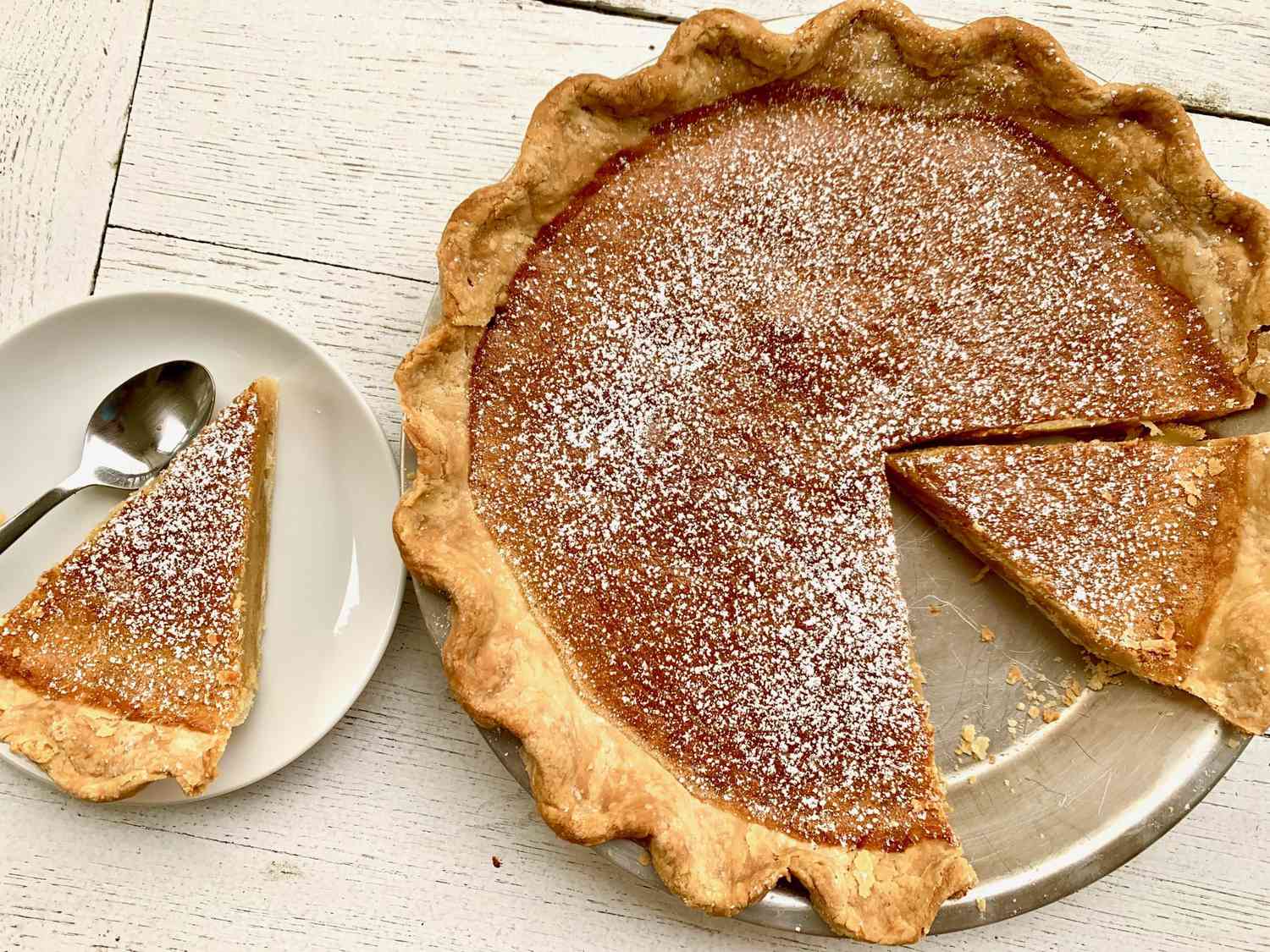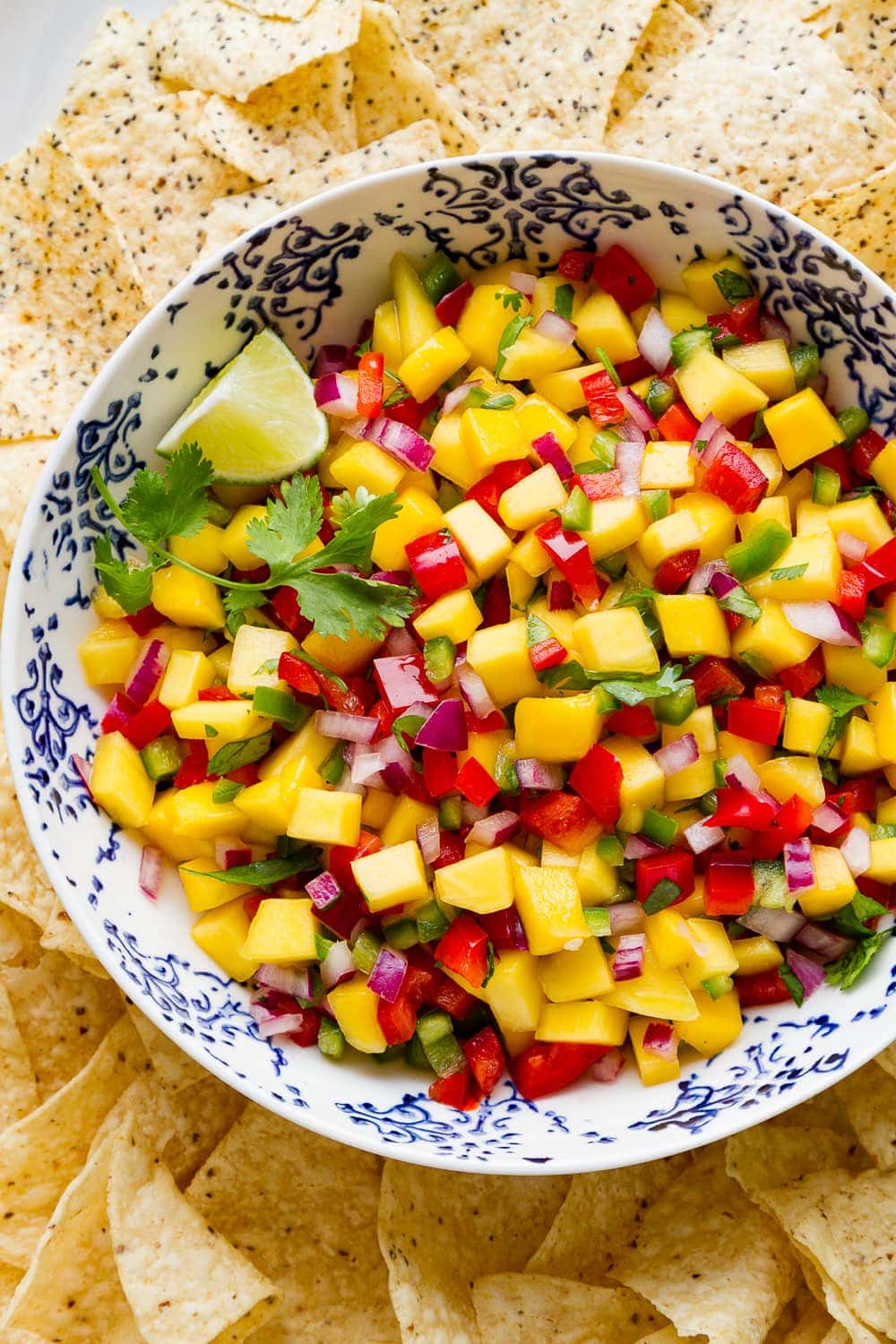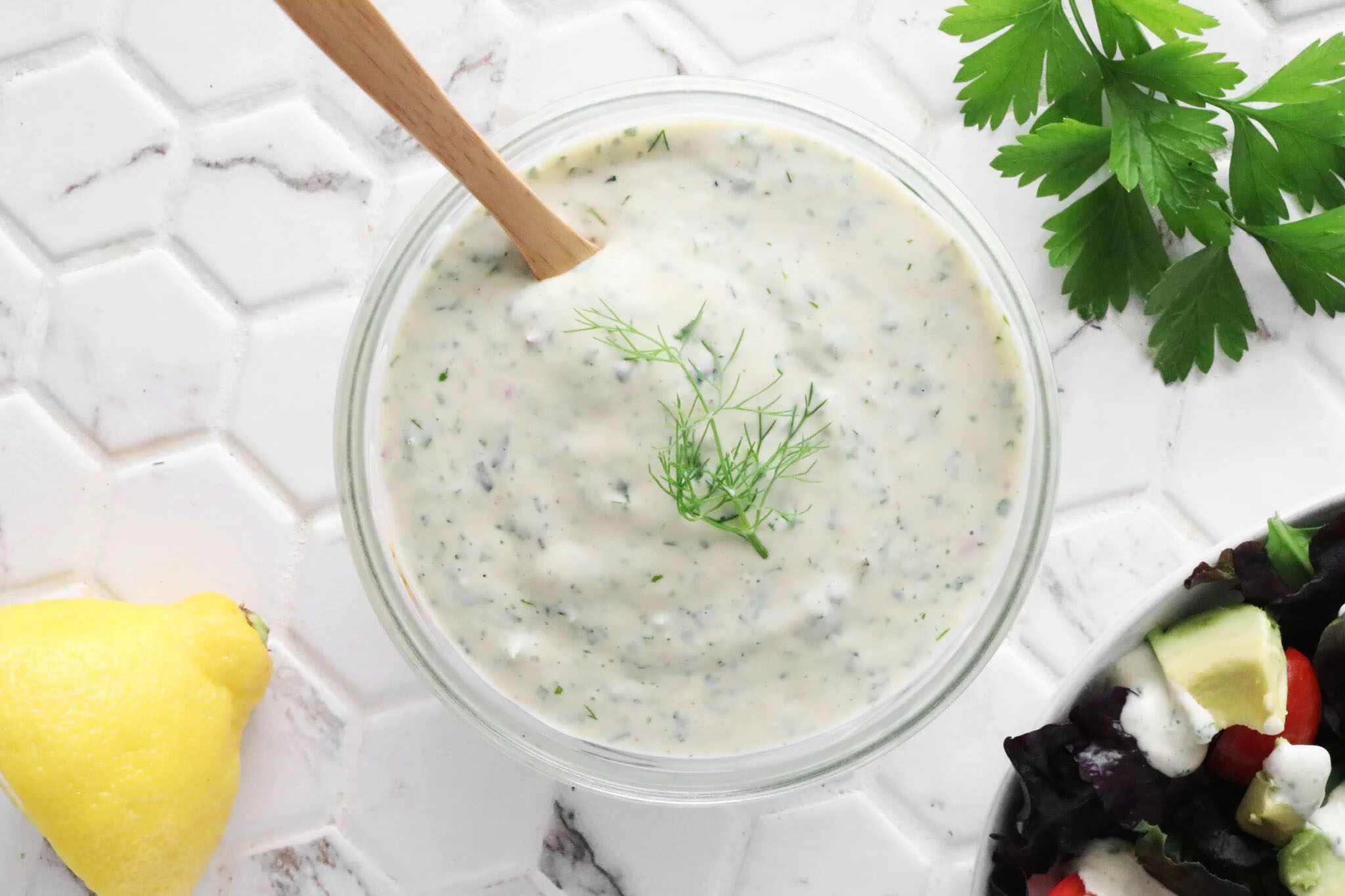Understanding Crumbly Pie Crust
When it comes to baking a delicious pie, the crust plays a crucial role in the overall taste and texture. One common issue that many bakers encounter is a crumbly pie crust. So, what exactly is a crumbly pie crust and how can you prevent it from happening?
What Causes a Crumbly Pie Crust?
A crumbly pie crust is typically the result of the dough being too dry or not having enough moisture to hold it together. This can happen for a few reasons:
- Overmixing: When the dough is overmixed, the gluten in the flour can become overdeveloped, leading to a tough and crumbly crust.
- Not Enough Liquid: If the recipe doesn’t include enough liquid, such as water or milk, the dough may not come together properly, resulting in a crumbly texture.
- Incorrect Fat Ratio: Using too much or too little fat, such as butter or shortening, can also cause the crust to become crumbly.
How to Prevent a Crumbly Pie Crust
Fortunately, there are several tips and tricks you can use to prevent your pie crust from becoming crumbly:
- Use Cold Ingredients: Make sure your butter or shortening is cold when incorporating it into the flour. This will help create a flakier and more cohesive crust.
- Don’t Overwork the Dough: Mix the dough just until it comes together. Overmixing can lead to a tough and crumbly crust.
- Add Enough Liquid: Be sure to follow the recipe and add the specified amount of liquid. This will help bind the dough together and prevent it from becoming crumbly.
- Chill the Dough: After forming the dough, chill it in the refrigerator for at least 30 minutes. This will relax the gluten and solidify the fat, resulting in a more tender crust.
Fixing a Crumbly Pie Crust
If you’ve already baked a pie with a crumbly crust, all is not lost. There are a few ways to salvage the situation:
- Brush with Egg Wash: Brushing the crust with an egg wash and baking it for a few more minutes can help bind the crumbs together and create a more cohesive crust.
- Top with Streusel: If the crust is too crumbly to salvage, consider adding a streusel topping to the pie for added texture and flavor.
- Use it for a Different Recipe: If all else fails, crumble the crust and use it as a topping for fruit crisps or cobblers.
Conclusion
A crumbly pie crust can be a frustrating setback in the kitchen, but with the right techniques and adjustments, it can be easily prevented and even fixed. By understanding the causes of a crumbly crust and implementing proper baking practices, you can ensure that your next pie will have a perfectly tender and flaky crust.
Was this page helpful?
Read Next: What Is A Gallon Of Duke’s Mayo
